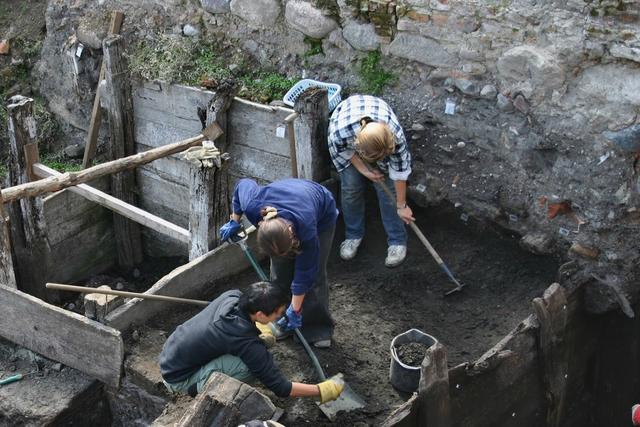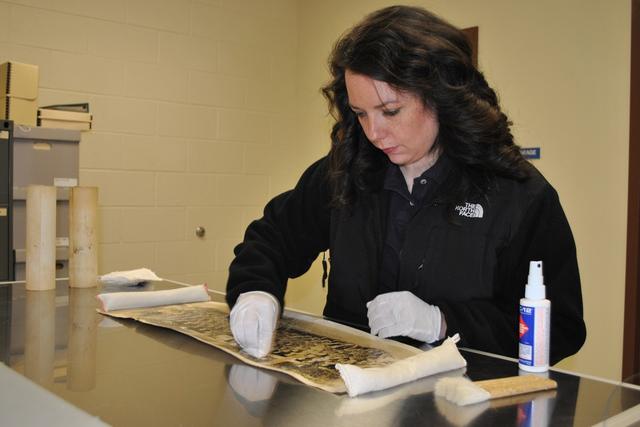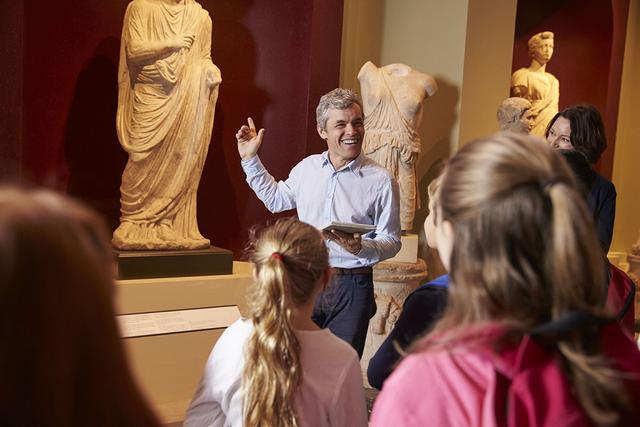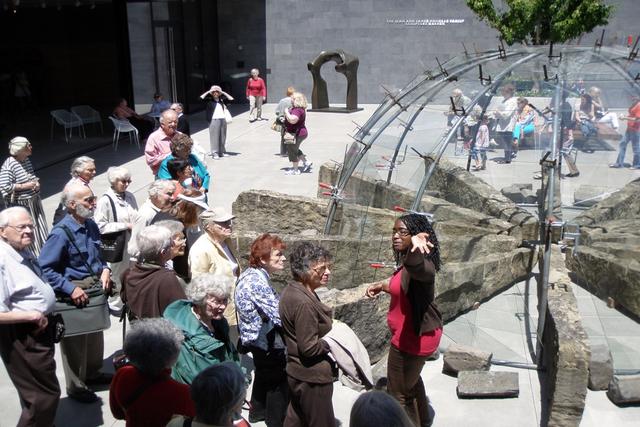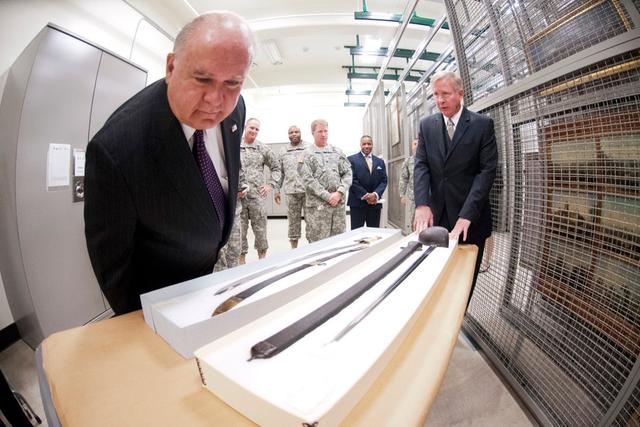Museum Technicians
Overview

Introduction
Museum technicians, who are also known as registrars, are skilled craftworkers who, using detailed plans supplied by designers and architects, build and set up various kinds of museum displays and fixtures. The role of museum technician varies depending on the needs of the employing museum and the skills of the technician. For example, a museum technician may work as an electrician, a carpenter, or an audiovisual equipment specialist. Planetarium technicians operate and maintain the complex sound and projection equ...
Quick Facts
Median Salary
Employment Prospects
Minimum Education Level
Experience
Skills
Personality Traits
Earnings
Because of the great variety of museums, including variety in size, budgets, and exhibition demands, there is a wide salary range among museum technicians. The U.S. Bureau of Labor Statistics reports that the mean annual earnings for technicians and conservators who were employed by museums, historical sites, and similar institutions were $52,210 in May 2023. The lowest 10 percent of all techni...
Work Environment
Museum technicians typically work 40 hours per week. The work of a museum technician is often creative and demanding. One must be in good shape and flexible, both physically and emotionally, to meet continual challenges. At times the work can be physically strenuous, but this varies depending on the nature of each assignment. More often, projects require only moderate lifting and carrying (up t...
Outlook
Employment for technicians who work at museums, historical sites, and similar institutions is expected to grow by 14.6 percent from 2023 through 2033, according to the U.S. Department of Labor. This is much faster than the average for all occupations. The publics growing interest in science, art, history, and technology will contribute to good employment opportunities for museum technicians. Co...


